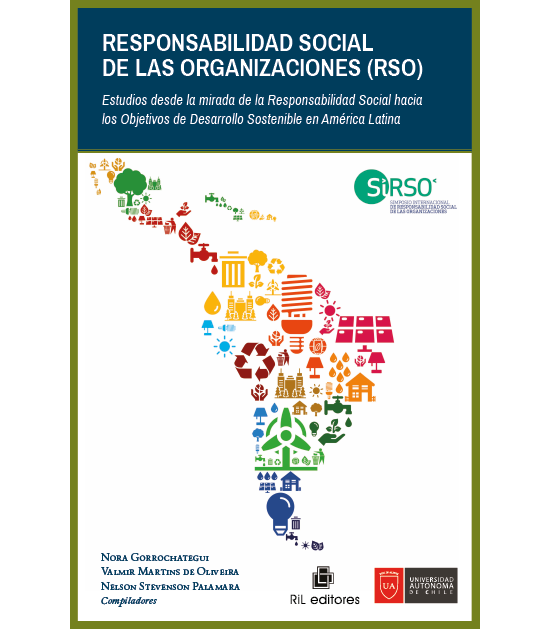Mostrar el registro sencillo del ítem
Removal of Mo(VI), Pb(II), and Cu(II) from wastewater using electrospun cellulose acetate/chitosan biopolymer fibers
| dc.contributor.author | Lopez, Esmeralda | |
| dc.contributor.author | Gómez, Mauricio | |
| dc.contributor.author | Becar, Ian | |
| dc.contributor.author | Zapata, Paula | |
| dc.contributor.author | Pizarro, Jaime | |
| dc.contributor.author | Navlani-García, Miriam | |
| dc.contributor.author | Cazorla-Amorós, Diego | |
| dc.contributor.author | Presser, Volker | |
| dc.contributor.author | Gómez, Tatiana | |
| dc.contributor.author | Cárdenas, Carlos | |
| dc.date.accessioned | 2024-06-19T04:46:46Z | |
| dc.date.available | 2024-06-19T04:46:46Z | |
| dc.date.issued | 2024 | |
| dc.identifier | 10.1016/j.ijbiomac.2024.132160 | |
| dc.identifier.issn | 01418130 | |
| dc.identifier.uri | https://hdl.handle.net/20.500.12728/11351 | |
| dc.description.abstract | Environmentally friendly polymers such as cellulose acetate (CA) and chitosan (CS) were used to obtain electrospun fibers for Cu2+, Pb2+, and Mo6+ capture. The solvents dichloromethane (DCM) and dimethylformamide (DMF) allowed the development of a surface area of 148 m2 g−1 for CA fibers and 113 m2 g−1 for cellulose acetate/chitosan (CA/CS) fibers. The fibers were characterized by IR-DRIFT, SEM, TEM, CO2 sorption isotherms at 273 K, Hg porosimetry, TGA, stress-strain tests, and XPS. The CA/CS fibers had a higher adsorption capacity than CA fibers without affecting their physicochemical properties. The capture capacity reached 102 mg g−1 for Cu2+, 49.3 mg g−1 for Pb2+, and 13.1 mg g−1 for Mo6+. Furthermore, optimal pH, adsorption times qt, and C0 were studied for the evaluation of kinetic models and adsorption isotherms. Finally, a proposal for adsorbate-adsorbent interactions is presented as a possible capture mechanism where, in the case of Mo6+, a computational study is presented. The results demonstrate the potential to evaluate the fibers in tailings wastewater from copper mining. © 2024 Elsevier B.V. | es_ES |
| dc.description.sponsorship | Vicerrectoría de Postgrado - Universidad de Santiago de Chile; ANID-Fondecyt; European Social Fund Plus, ESF; Center for the Development of Nanosciences and Nanotechnology; ANID-Subdirección de Capital Humano; Generalitat Valenciana, GVA, (RYC2021-034199-I, MCIN/ AEI /10.13039/501100011033, CIPROM/2021/70); Generalitat Valenciana, GVA; Fondo Nacional de Desarrollo Científico y Tecnológico, FONDECYT, (3210179); Fondo Nacional de Desarrollo Científico y Tecnológico, FONDECYT; Doctorado Nacional 2020, (21210508); Agencia Nacional de Investigación y Desarrollo, ANID, (1220366); Agencia Nacional de Investigación y Desarrollo, ANID; Centro para el Desarrollo de la Nanociencia y la Nanotecnología, CEDENNA, (AFB 220001, 1220093); Centro para el Desarrollo de la Nanociencia y la Nanotecnología, CEDENNA | es_ES |
| dc.language.iso | en | es_ES |
| dc.publisher | Elsevier B.V. | es_ES |
| dc.subject | Adsorption metal ions | es_ES |
| dc.subject | Biopolymers | es_ES |
| dc.subject | Electrospun fibers | es_ES |
| dc.subject | Wastewater treatment | es_ES |
| dc.title | Removal of Mo(VI), Pb(II), and Cu(II) from wastewater using electrospun cellulose acetate/chitosan biopolymer fibers | es_ES |
| dc.type | Article | es_ES |


